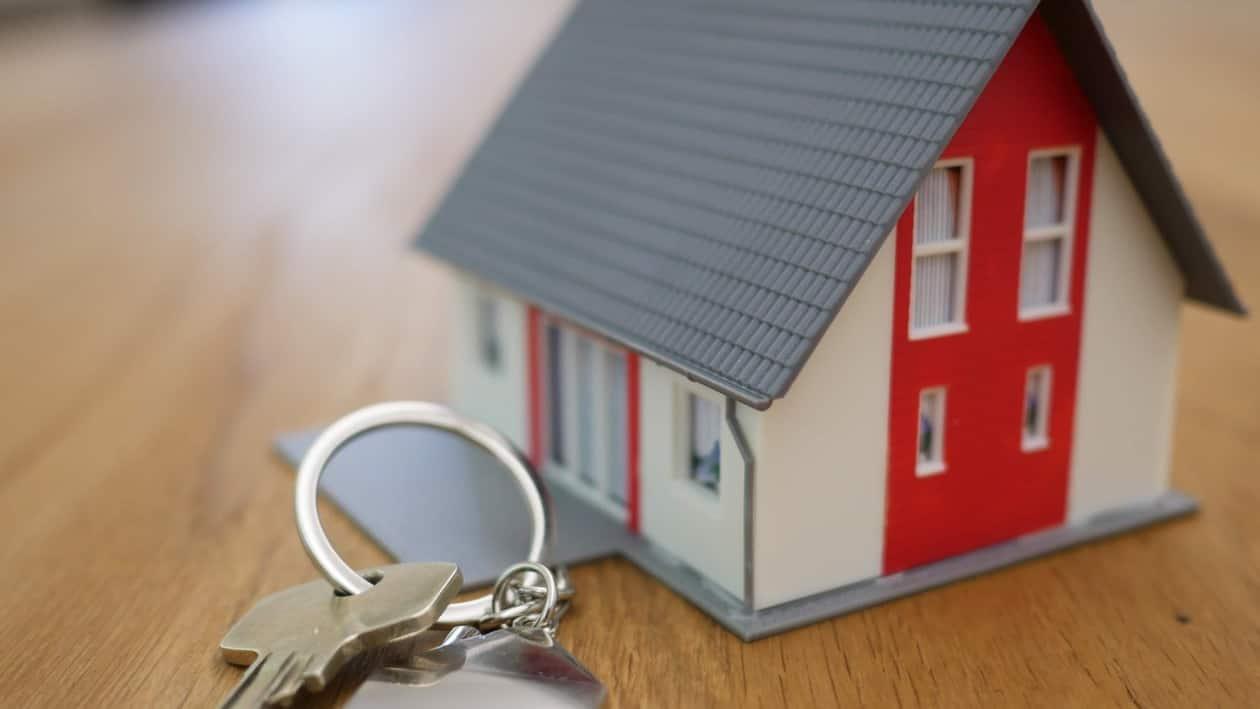(Bloomberg Opinion) -- About two-thirds of homeowners with mortgages are sitting pretty with a rate below 4% —and feeling stuck. With rates almost double where they were last year, housing inventory stubbornly low, and prices still high, they can’t afford to move.
It may be easier to fix what you don’t like about your current house than to find a new one. Renovating a kitchen, adding an extension or upgrading an old bathroom may be cheaper, too.
But how to finance it? There’s no great option, but one product that fell into disrepute during the Great Recession might be worth another look: second mortgages.
Second mortgages are just what they sound like: Borrowers tap the equity in their homes to take out a lump sum at a fixed rate (typically for 20 years), while keeping the original mortgage intact. They’re also known as home equity loans. They’re different, though, from home equity lines of credit, where rates are variable as is the amount. They’re also distinct from cash-out refinances, where a new mortgage replaces the old loan.
It’s still a rich time for borrowers to look to their homes for cash. Sure, home prices have dipped about 4% from their 2022 highs, but they are still up 39% since the start of the pandemic. That puts a close-to record amount of home equity at homeowners’ fingertips.
And thanks to sensible guardrails put in place following the housing meltdown, second mortgages now require bona fide underwriting including documentation of income. Lenders also set a cap on how much you can borrow relative to the value of your home.
It doesn’t make sense to take out a second mortgage just for anything. But for those who plan on using the proceeds to renovate a home or pay off other, higher interest debt, a second lien can be a smart move. Especially since you probably don’t want to tap another typical go-to source for funding home renovations, stock portfolios.
Keep in mind that second mortgages tend to be much smaller loan amounts than first mortgages; at Rocket Mortgage, the cap is $250,000, but the average runs around $75,000, says Bill Banfield, executive vice president of capital markets for Rocket.
Second mortgages tend to come with higher interest rates than cash-out refis, but a helpful example from Laurie Goodman, an institute fellow at the Urban Institute’s Housing Finance Policy Center, shows how borrowers may wind up paying more overall with a cash-out refi.
A borrower who wants to take out $100,000 in home equity via a cash-out refi is likely to pay around 6.5% on the new loan balance resulting in a monthly payment of $1,896. But keeping an existing mortgage at 3% and taking out a second lien at an 11% rate (and that’s even higher than Bankrate’s average) would lead to a total monthly payment for both loans of $1,760.
Of course, whether a cash-out refi or second lien is a better deal will depend on borrowers’ particular situations and factors such as what the original mortgage rate is, how much they’re looking to borrow and what their credit scores are (a higher score will typically mean a better rate). There are calculators available to help you decide; here’s one to calculate your home equity and another that lets you compare the options.
Another expense to consider —cash-out refis usually come with closing costs that can be as much as 6% of the total loan value. With second mortgages, lenders tend to cover most of the closing costs.
The other option for people looking to borrow cash to renovate is a home equity line of credit. But these days, HELOCs are exclusively for those with the most pristine credit. Last year, about half of originations for home equity lines of credit were for borrowers with credit scores above 780, according to Goodman.
And remember, with a home equity line of credit, your rate, along with your payment amount, fluctuates based on the prime rate (which is higher than the federal funds rate) plus or minus a margin. So if you want to be able to budget around a stable payment amount, a HELOC isn’t for you.
If you decide to take out a second mortgage, be sure to shop around. They aren’t that widespread at traditional banks, but lenders such as Rocket Mortgage and PennyMac have all introduced versions recently. From January to August 2022, second mortgage origination totaled $53 billion —still a tiny sliver of the overall mortgage market —but a 50% jump from the previous year, according to Equifax.
As more homeowners feel locked in by their pre-2022 fixed-rate mortgages, that number is likely to keep rising.
